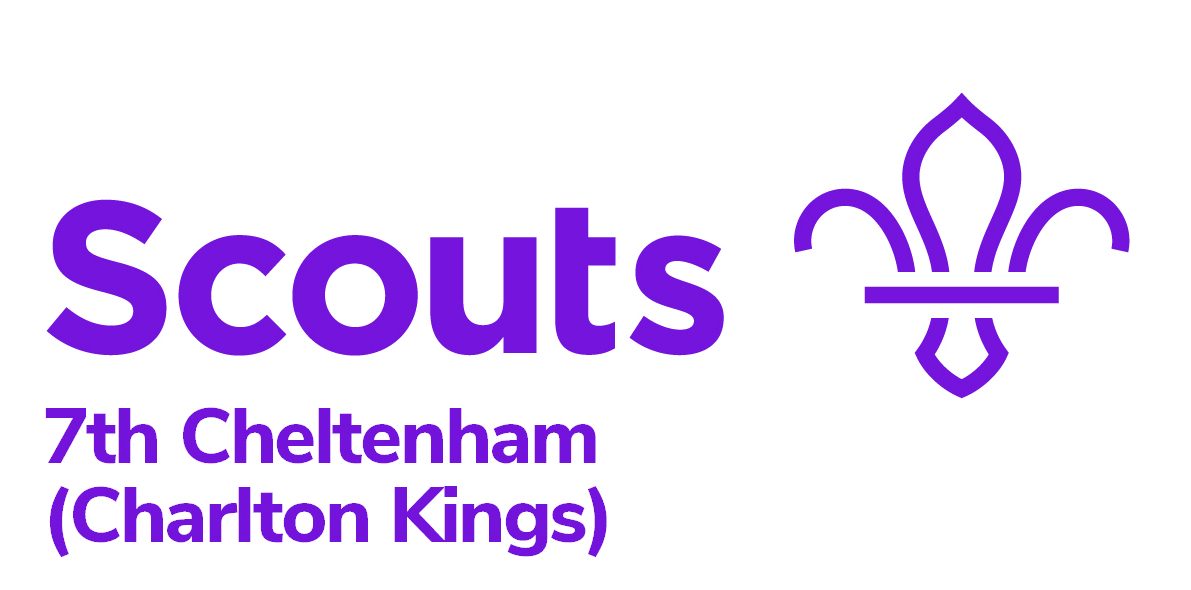The first Committee meeting in Charlton was held at the Council Schools on 15 February 1910, with Capt. Macbean, Major Dudgeon, Major Russell, Capt. Hibberd, Mr. H.J. Pratt and Mr. F.J. Fry present. They agreed to ask Mrs Griffiths to serve with them.
The economic state of Charlton in 1910 appears in a resolution about uniform. “It was decided to get caps and shorts for those who could not afford to get them at once and the boys were to pay so much per week till they had paid for them”; but this resolution was modified at the next meeting when “it was decided that clothing be provided only when the patrol is full and not in instalments”. So the Committee members agreed to defray the expenses of special badges.
Co-operation with Holy Apostles was a delicate problem. In April 1910 Mrs Griffiths “mentioned that the Holy Apostles School Master had approached Captain Hibberd as to acting as Scoutmaster to a patrol at their Schools, but it was the opinion of all that it would be inadvisable to form a distinct Corps which might prevent the two Schools working together harmoniously”. Then in May “it was proposed by Mr Pratt and seconded by Major Dudgeon that the Holy Apostles boys should be eligible and asked to join the Charlton Troop”.
One mark of a scout in 1910 was his Staff. “Mr Barnard suggested that the Scouts should mark their staves with the name of Troop and patrol and dates of Field Days”. Mrs Griffiths “offered a Union Jack for the Charlton Kings Troop, but Mr Barnard questioned whether the use of same would be allowed. Should permission be refused, “Mrs Griffiths kindly promised to get a flag with a design to be selected”. (This was before the official Scout flag was instituted).
“It had been arranged for Scouts to go to Windsor in June for the King’s Rally, for 2/6, to include railway fare and refreshments”. Even at this incredibly cheap rate, we are not told if any actually went from Charlton.
One early preoccupation was to train Scouts to shoot. They were refused use of the Rifle butts at Seven Springs, and Mr Fry was asked to enquire whether they could use the rifle range behind the Working Men’s Club. This was arranged, the boys to pay only for the ammunition used. Shooting was strictly controlled and was not for boys under 14. An air gun and target were found to be prohibitively expensive.
Musical instruments were badly needed. In June 1910 Mr Edwards offered drums and fifes (perhaps the drum featured in the photograph of c.1919) and in September Mr Pratt gave a bugle. (I well remember that bugle, for on summer evenings in 1917-19 boys used to walk up and down the public footpath on the allotment near the Scout Hall, making the most doleful sounds as they tried to master the instrument – this was only a very short distance from the bedroom window and I had been sent to bed, as was the practice in those days, sharp at 6?)
Going to camp has always been the great event of a scout’s year. In July 1910 “as there was some difficulty in obtaining tents, bedding etc. for Camp, it was decided that the Charlton Troop should join the combined Camp which was being organised by Col. Sturges, which would take place at Bredon during the last week of August. The Hon. Sec said that probably some of the boys would be unable to attend Camp owing to the fact that they would be unable to obtain the money for the cost of same. Mr Bouth kindly offered to advance 30/- if necessary, to be repaid by the boys as soon as possible”. In the event, 20 boys went “and needless to say, they had a most enjoyable holiday, besides learning many things that all scouts should know. It is interesting to note that all competitions which took place at Camp were won by Charlton Scouts (a) A. Davis won the seven mile relay race to Ashchurch Church; (b) A. Davies was also the only scout to return into camp in possession of his stamped dispatch; (c) P. Palmer won the hidden dispatch competition; (d) F. Marshall won the high jump; and (e) P. Palmer won the holster bar competition”. Up Charlton Kings!
Extract from Charlton Kings Local History Society Spring 1989 Volume 21 pages 16-17 Author: M Paget
